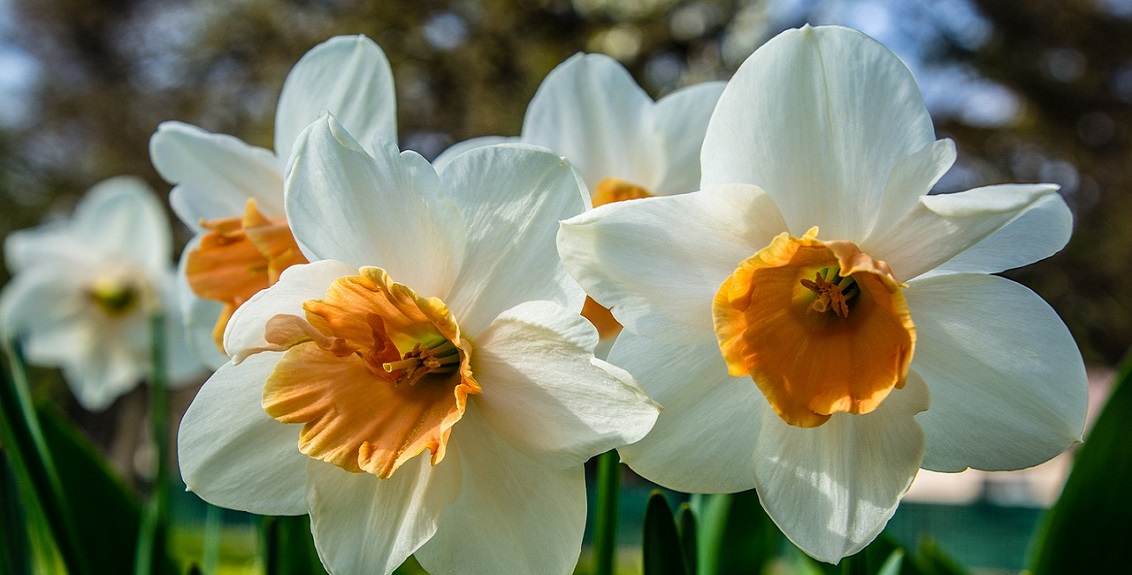Bulbs come in different types, and really any plant or flower that goes dormant for part of the year is a bulb, though some flowers behave differently in different climates. Spring flowering bulbs need very little effort. Choose bulbs suited to your area and many will improve year after year. Learn about the kinds of bulbs and about the different ways to grow them.
It may seem a little early, but most gardeners have a fondness for at least one type of spring bulb, which makes them a perfect gift for Christmas. However this does take some preparation. Spring bulbs grown indoors are a wonderful gift and this video shows you how easy it is to plant spring bulbs indoors and demonstrates techniques to help keep them as healthy as possible. You can also learn how to create simple Christmas gifts using popular bulbs which will quickly bloom and continue to flower until the weather warms again.
Planting Bulbs Outdoors:
- Choose healthy bulbs. Avoid bulbs that are dry and withered, spongy or mouldy. In general, the larger the bulb for its type, the more flowers.
- Choose the right place. Most flowering bulbs prefer full sun, but that can be almost anywhere in the spring, before the trees leaf out. Don’t overlook a spot that seems perfect, just because it’s a bit shady in the autumn. Woodland bulbs (Anemone nemorosa (Woodland Anemone), Arisaema (Jack-in-the-Pulpit), Erythronium (Dog’s Tooth Violets), Galanthus (Snowdrops) and Trillium) prefer a bit of cool shade.
- A well-drained soil will prevent the bulbs from rotting in cool weather.
- Plant with the pointed side up! The pointed end is the stem. You may even be able to see some shriveled roots on the flatter side. If you really can’t tell, don’t worry about it. The stem will find its’ own way, sooner or later.
- Plant bulbs to a depth of about 3 times their diameter. For Daffodils, that’s about 6 – 8 inches. Smaller bulbs can be planted to a depth of 3-4 inches and so on.

- Mix some bone meal or superphosphate into the soil at the bottom of the hole at planting time, to encourage strong root growth.
- If rodents tend to eat your bulbs, you can try sprinkling some red pepper in the planting hole. A more secure method is to plant your bulbs in a cage made of hardware cloth. The roots and stems grow through, but the rodents can’t get to the bulbs. Make it easy on yourself and make a cage large enough to plant at least a dozen bulbs. You can make it really easy on yourself and stick to daffodils, which rodents and most other animals avoid.
- Replace the soil on top of the bulbs. Water the bulbs after planting, to help them settle in and close any air pockets. Through the autumn and winter, you only need to worry about watering your bulbs if you’re having a particularly dry season. In spring, you should be well rewarded for all your efforts.
